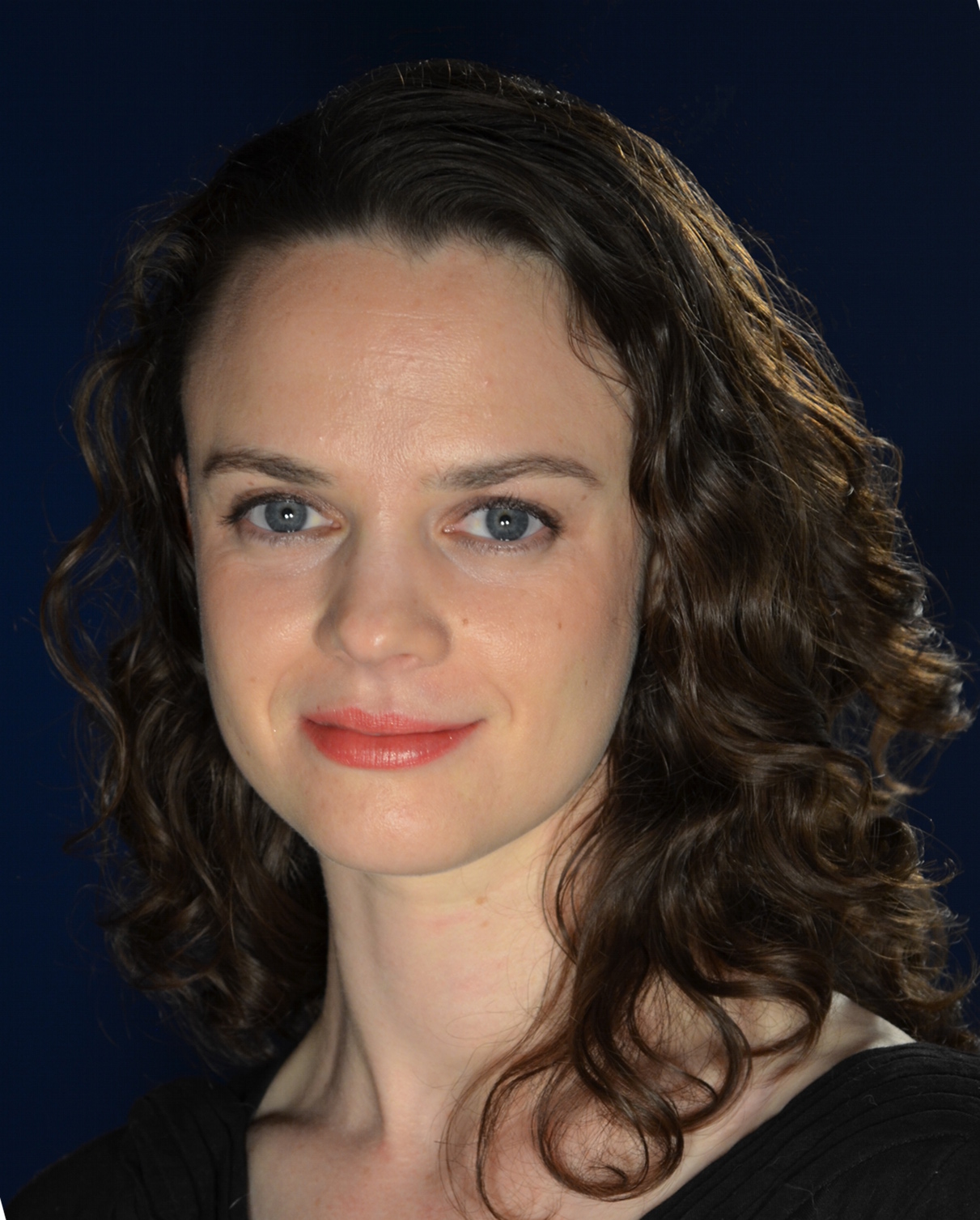Low Libido? The Latest Lowdown on Lust
It's been called desire, lust, passion, a carnal urge, and "the hots."
Although the notion of a libido is older than the Ten Commandments, modern science has sparked a debate about how to view it and whether a person's libido can be increased by a drug.
"One extreme viewpoint is that all desire is interpersonally mediated. The other position is the medical position that it's endocrine and biologic," said Robert Taylor Segraves, a professor of psychiatry at Case Western Reserve University in Cleveland. "It's still a very hot debate — and it's complicated, in that male libido in most studies is higher than female libido."
How common is low libido?
In surveys of 27,000 men and women in 29 countries in 2004, some 30 to 40 percent of them reported a lack of interest in sex for several months that year.
Ed Laumann, a professor of sociology at the University of Chicago and author of the study, said similar rates appeared in the United States.
"We asked, 'How often do you think about sex?' which turns out to be a very good indicator for general interest," Laumann said.
Get the world’s most fascinating discoveries delivered straight to your inbox.
A majority of men replied they think about sex "every day and more frequently," while 25 percent of women thought about sex every day.
At the other end of the spectrum, Laumann said 34 percent of women in the United States (regardless of age) reported lacking interest in sex over the year, as did 17 percent of U.S. men.
Therapists have noticed a lot of attention recently being paid to the idea of libido.
"I think what's happened, in some ways, is the Baby Boomers came of age. And they didn't have any problem with libido for a long time and some of them are having a problem with it," said Pepper Schwartz, a professor of sociology at the University of Washington in Seattle.
Questions of desire
Even therapists, who view libido as a complex issue, aren't resistant to quantifying it.
Schwartz was among a few sex therapists who toured the country, holding seminars about female desire, as part of a paid campaign by the pharmaceutical company Boehringer Ingelheim, which was seeking to develop the first drug to treat women for low libido.
(The drug, Flibanserin, billed as a treatment for "hypoactive sexual desire disorder," was submitted to the Food and Drug Administration for approval in May. An 11-person advisory panel to the FDA unanimously declined to recommend it, citing the comparative results of a placebo and frequent reports of side effects, according to a news article in the British Medical Journal.)
To measure the effects of Flibanserin, Schwartz says, researchers had to find some way to qualify and quantify libido and decided on the Arizona Sexual Experience Scale, or ASEX score.
ASEX is "really a series of basic questions about your desire" that wouldn't do much good in a therapist's office but would help in a research study, said Schwartz, who added that she wasn't involved in the research behind Flibanserin.
"A lot of these scales are very simple, but they do define it very well," she said.
Defining a lack of a libido
The American Psychiatric Association has asked a team of doctors to take a defining look at hypoactive sexual desire disorder for the upcoming fifth edition of the Diagnostics and Statistical Manual of Mental Disorders.
"The old system is based on a model of human sexual response that was developed in the 1960s," said Lori Brotto, an assistant professor of obstetrics and gynecology at the University of British Columbia who is a member of the APA's task force.
"That model has been really widely criticized in recent decades," Brotto said.
Brotto said doctors had based their diagnoses of the disorder on the idea that normal sexual arousal follows the linear pattern of "desire, arousal and orgasm, in that order," and that a healthy libido also usually includes sexual fantasies.
But Brotto said her reviews of recent research show many women and some men don't follow the strict pattern. Moreover, Brotto said research shows a "lack of fantasies" in women is not unusual and may not signal a problem.
Instead of basing a diagnosis on the presence of two symptoms, Brotto said, the task force has recommended a list of six symptoms, of which four need to be present, to reflect new research on libido.
For example, one symptom, Brotto said, may be an affirmative answer to the question, "Does she never have desire even after sex has begun?"
- Low Sexual Arousal in Women Helped by Talking About It
- Sex Steps Up Brain Growth, Study Suggests
- 10 Surprising Sex Statistics
This article was provided by MyHealthNewsDaily, a sister site to LiveScience.



